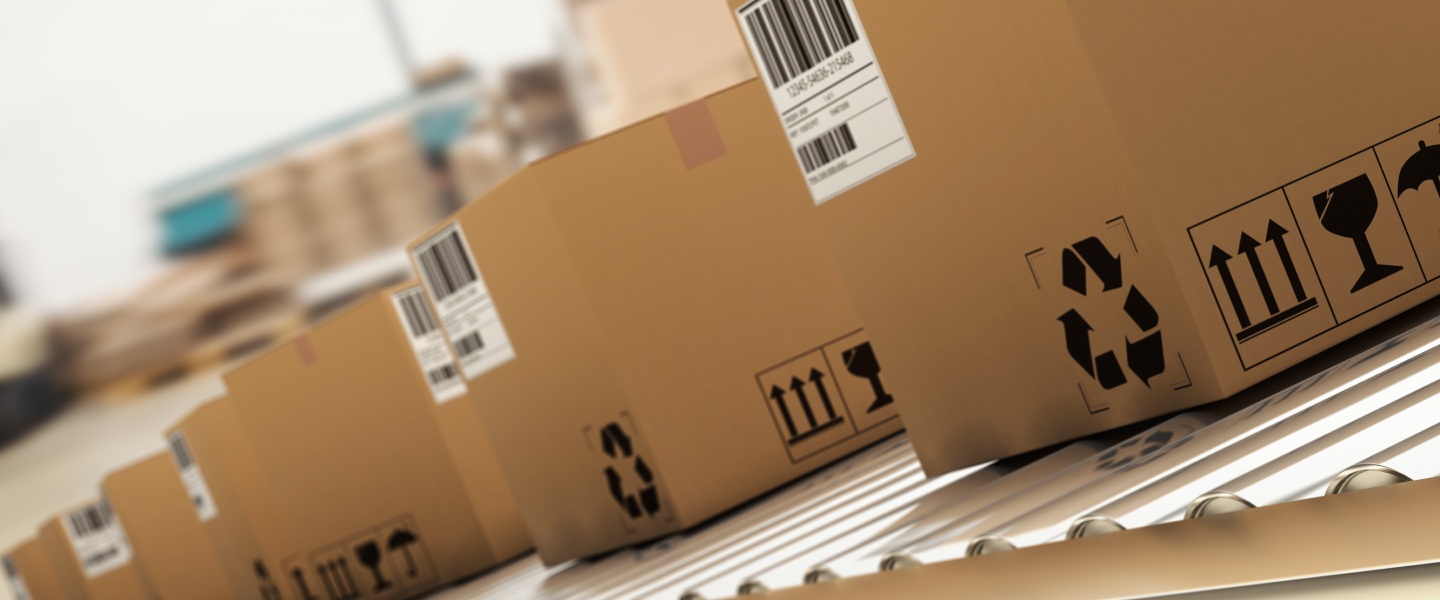

The Middle East has always tempted cross-border e-commerce retailers owing to its extensive urbanization and ever-increasing wealth. Governments in the Middle East have been investing substantially in developing mobile user penetration, infrastructure, and logistics.
Out of a population of 411 million across the Middle East, 74% have access to the internet. With over 15.6 million internet users in the KSA (Kingdom of Saudi Arabia), 3.9 million users shop online.
E-commerce revenues in the UAE hit a whopping $19.77 billion in 2020, with these figures anticipated to hit $27.08 billion by 2022. With the broadening digital ecosystem, the region is more than ready for cross-border e-commerce.
The two most crucial factors that have a significant influence on the e-commerce sector and have contributed towards its inception in the Middle East include:
Middle Eastern countries – including Egypt, Saudi Arabia, Qatar, Turkey, UAE, and more – harbour some of the most modern infrastructure and advanced logistics globally.
Governments have been viewing e-commerce as a tremendous opportunity for economic growth and are investing extensively to build advanced infrastructure to cater to rural areas.
As a global provider of logistics and transportation solutions, Aramex has collaborated with UAE-based e-commerce retailer LetsTango.com to promote cross-border e-commerce in the UAE and the Middle East.
With the growing demand for exclusive Thai products in the UAE, Aramex is providing its extensive logistics facilities to help ship products seamlessly and reach out to a wider range of businesses and customers regionally in the Middle East.
Several regions in the Middle East have witnessed a trend in the “click-and-collect” delivery option, where purchasers buy a product online and pick the goods up in-store or at a convenient pick-up point.
PUDO (pick-up, drop-off) has gained widespread traction in the Middle East. As a consequence, Aramex as launched a service called Aramex Spot, a crowdsourcing model where commercial sites – such as flower shops, cafes, and pharmacies – are designated as points for consignees to pick up or drop off Aramex deliveries.
Some of the most popular Cross Border purchases in the Middle East have been luxury goods. Goldstein Research predicts that the luxury goods market is set to hit $22.4 billion by 2025 in the Middle East.
The Middle East ranks 9th in the luxury goods market, with leather goods and shoes being key sellers, and accessories topping the Middle East market share for luxury items.
The UAE alone features the market’s greatest segment – that being luxury fashion – with a market volume of a whopping US $553 million in 2020.
Some other products and categories that remain popular cross-border purchases include –
VAT is applicable in some countries but not all, and different countries have different rates. To help you precisely calculate tax and duties, and ensure compliance, Aramex provides a convenient checkout solution with personalized delivery and API-based tax calculation options.
You must also be mindful that the customs tariff applicable to imported goods relies on HS codes. HS codes must be mentioned distinctly on commercial invoices. To help you with this task, Aramex provides an HS code Classifier to levy duties or taxes appropriately on different products, and check whether licensing controls or restrictions are applicable to ensure complete compliance with the regulations.
The Middle East presents an outstanding opportunity for retailers and brands to expand their business into some of the world’s most advanced and digitally penetrated countries.
With a digitally active population and governments willing to diversify their oil reliance, e-commerce is set to thrive well in the Middle East.
It is paramount for brands and retailers to cater to logistics, supply chain, duties and taxes to serve a great experience for the buyer and ensure compliance with the help of platforms such as Aramex.
2 replies on “Cross-Border e-Commerce in the Middle East: Demand & Future Trends”
Very exciting stuff to read.
Impressive! Thanks for sharing this.